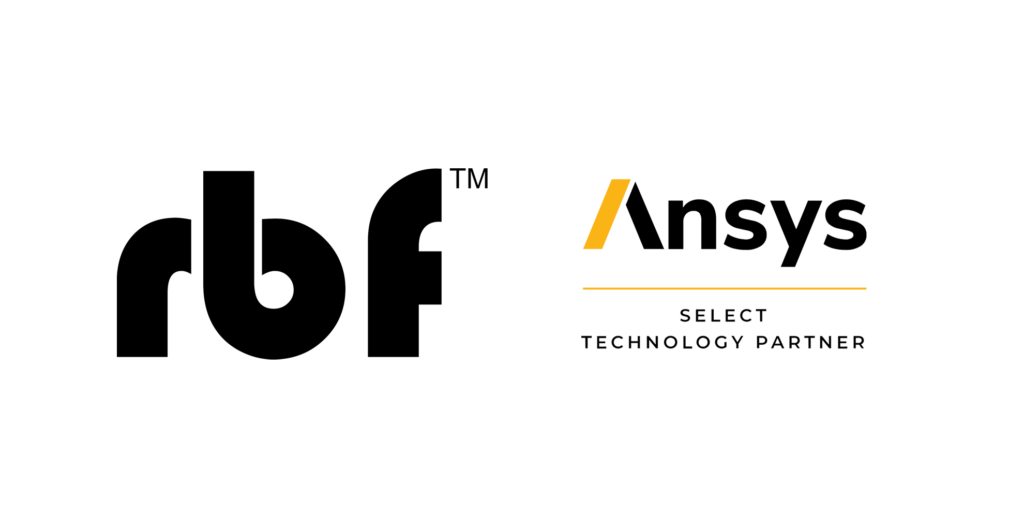
RBF Morph will be present at the EnginSoft International Conference 2010 on the 21th and 22th of October in Montichiari (Bs) – Centro Fiera del Garda with the paper RBF Morph driven by DesignXplorer: the fastest approach for shape optimisation by Dr. Marco Evangelos Biancolini.
Abstract
Product developers must quickly perform and test numerous design variations in an environment steeped in complex customer requirements and short development cycles.
Faced with increasing competition, companies have to produce higher performing products and deliver in shorter time frames to remain competitive.
The need to innovate has never been greater. Mesh morphing has emerged as a meaningful technology given its ability to accelerate the Simulation Driven Product Development process. RBF Morph is a unique morpher that combines a very accurate control of the geometrical parameters with an extremely fast mesh deformation, fully integrated in the CFD solving process.
The tool, initially released as RBF Morph 1.1 in July 2009, was presented at the European Automotive Simulation Conference – where it has been awarded as the “Most Advanced Approach using integrated and combined simulation methods”.
A further step forward has been made with the integration between RBF Morph and ANSYS Workbench. The major benefit is the coupling with any optimization tool, including the easy-to-use, workbench embedded, DesignXplorer, that makes the optimisation task effectively straightforward.
The new functionality is first described through two fundamental steps: the shape parameterisation set up within Fluent by means of the RBF Morph add on and the definition of shape parameters linked to Workbench variables. Then the shape parameters can be steered directly within Workbench and the CFD solution performed efficiently by Fluent with no I/O expenses, thanks to RBF Morph.
The CFD calculation performed by Fluent becomes a solver box capable to evaluate objective functions in response to the desired input parameters, from boundary conditions to geometrical changes.
As illustrated in the last part of the example, such powerful “knobs” can be used for a “what if” analysis as well as for a fully automated and efficient optimisation process, using DesignXplorer.
The proposed approach is here demonstrated with an industrial application: shape optimisation of a motorbike windshield.



